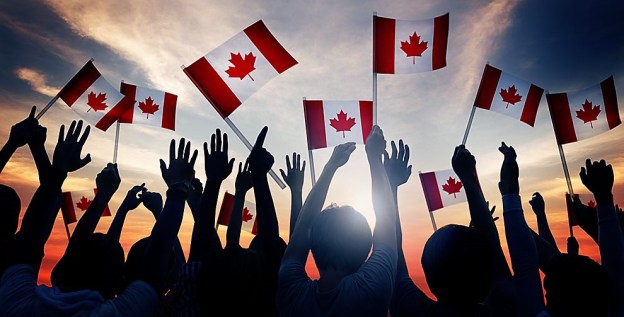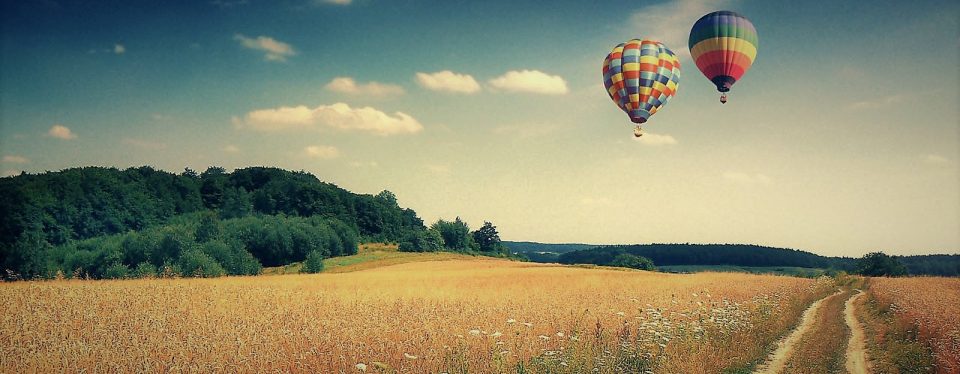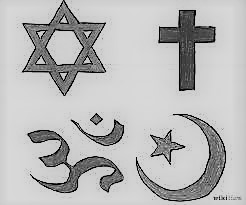Three phrases being bandied about these days, sometimes interchangeably, are causing confusion for a lot of people—and a fair bit of anger. They are: white privilege, white nationalism, and white supremacy.
The three are discrete in meaning, although they have one common element—they all deal with the assumed advantage or superiority of the white race over all others.
I was born many long years ago, the eldest of five siblings, into a traditional middle-class, Christian, white family. My parents wanted their children to be the best they could be, as I suppose most parents do for their offspring. Among the things they taught us in hope that might happen, were these admonitions:
- keep your elbows off the table,
- respect your elders,
- dress neatly and tastefully,
- choose your friends carefully,
- speak politely,
- behave in a way that will make us proud of you.

They also taught us through their example that the things we do are more important than the things we say—actions speak more loudly than words. Others will judge us, we were taught, by our behaviours, much more than by our avowals.
Their advice was meant to govern our interactions with people of all backgrounds, socio-economic status, and ages. Had the issue of gender-identity been current back then, I have no doubt it would have been part of the package.
My parents called my father’s Jewish employer Mr. Halbert, the Italian owner of the neighbourhood fruit market Mrs. Carradona, the Irish milkman Mr. Alcorn, the Greek knife-sharpener with his clanging bell Mr. Kostopoulos—no one was to be treated disdainfully or condescendingly, regardless of their relationship to us.
It certainly never occurred to me back then that all these people were white, that virtually no one with whom we came in contact was a person of colour.
But the world changed as I grew up. Canada, always a country of immigrants, mostly from white northern-European countries, opened its arms to newcomers from other parts of the world, heretofore largely ignored. And, as these visible-minority folk and their descendants began to make their way in their adopted homeland, they ran up against the concept of white privilege. Doors that had always opened for people such as I were barred to them.

In 1989, Peggy McIntosh—an American feminist, anti-racism activist, scholar, speaker, and Senior Research Scientist of the Wellesley Centers for Women—published an article entitled, White Privilege: Unpacking the Invisible Knapsack, which clearly sets out how being white in North America confers an unearned set of entitlements, benefits, and choices upon people solely because they are white.
White privilege explains power structures inherent in our society that benefit white people disproportionately, while putting people of colour at a disadvantage. For most of my professional career, the biggest impediment to my advancement was not skin-colour, but that was the case for many others. Equal-opportunity measures did affect me along the way as my employer sought to redress the imbalance in the leadership ranks, but even I, forced to wait, could see the need for those.
On balance, I have benefited from white privilege. But I hope to live long enough to see privilege and opportunity available equally to any who may earn it, regardless of their skin-colour. It is when our society actively seeks to maintain that white privilege that it creeps toward white nationalism.
White nationalists believe white identity should be the organizing principle of Western civilization. They advocate for policies to reverse the changing demographics wrought by immigration, which they believe (probably correctly) will eventually result in the loss of an absolute, white majority. The tide is already turning here. Ending non-white immigration, both legal and illegal, is seen as essential to preserve white, racial hegemony.
It seems to me they will be as successful as was King Canute in his effort to hold back the tide. They are on the wrong side of history.

White supremacists take the whole thing several steps further. Merriam-Webster defines white supremacy as the belief that the white race is inherently superior to other races, and that white people should have control over people of other races.
That control has, indeed, been the case during several periods in the past—not just in North America, but in Africa, Asia, and Australia, where indigenous peoples have been ruthlessly enslaved and slaughtered. And it’s true, the white race in all its nationalistic fervour was both politically and militarily superior during those periods. But morally superior? I think not.
Has white supremacy any chance of succeeding today, anywhere in the world, given the perverted efforts of its adherents? It seems unlikely to me, although the terrorist acts they commit do wreak fear and havoc.
No dominant group in all of history, regardless of its skin-colour, has ever gone quietly into decline—not the Mongols, not the Nubians, not the Peloponnesians, not the Persians, not the Romans—though all were supreme in their time. They all fought stoutly against an inevitable reversal of fortune, only to lose—as did the white colonialist powers, as will the white supremacists. Theirs is a faulty premise.
As we contemplate the state of our planet today—beset by threats of climate change, nuclear war, trade disputes, wealth-disparity, homelessness, famine—it must be obvious to even the dullest or most perverse among us that we have nowhere else to go. We are all together, adrift in the universe on this fragile vessel we call Earth, no matter the colour of our skin.

It is past time to set aside the notions of white privilege, white nationalism, and white supremacy, to stop enabling them, to abjure them forever.
As Martin Luther King, Jr. wrote, We may have all come on different ships, but we’re in the same boat now.



